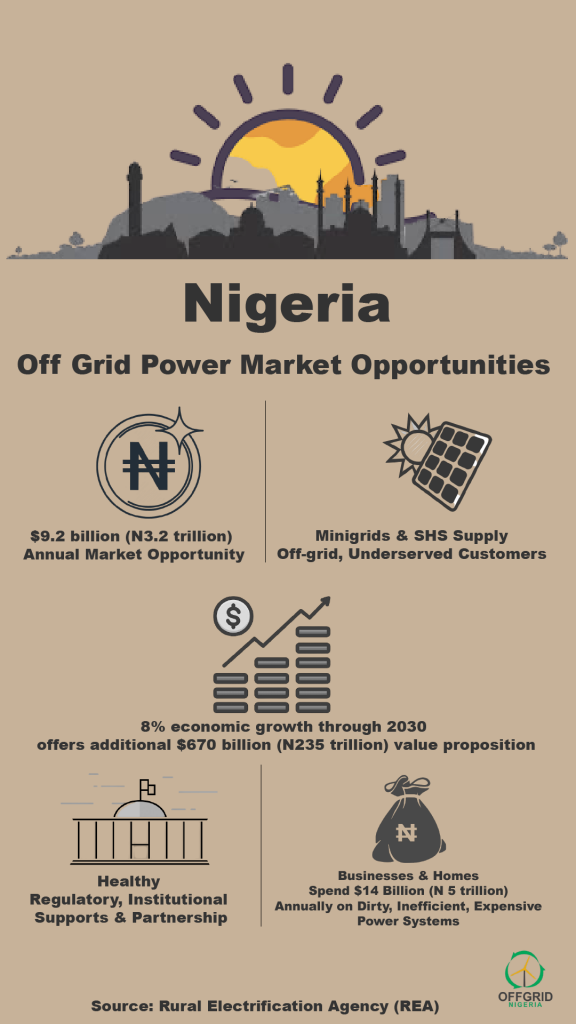By Toyosi Ayo-Bello
Solar power represents just about 1% of the energy that utilities generate today, but that could grow considerably as key power utilities move into small-scale solar farming, a niche which can be developed by local energy companies, cooperatives and non-profits.
It’s both a prospect and a defensive manoeuvre: sunshine-capturing technology is gradually becoming affordable, so quickly, that national utilities are moving to preserve their core businesses against competition from household solar panels.
And, even while big investor-owned utilities function as legal monopolies in many states, the cost-lowering appeal of rooftop solar for many homeowners sooner or later could intimidate their capability to finance and manage the power grids. These trends help clarify why energy firms should increasingly adopt a model called community solar, or shared solar.
Community solar involves customers agreeing to purchase or lease solar panels on large arrays constructed for their energy needs, or to directly purchase the power they produce. That electricity is then credited off utility bills under contracts that can lock in power prices for 7 years or more. Utility-run shared solar also can address rivalry from independent solar companies that install and operate rooftop solar panels, harvesting and generating the energy at a fixed cost to the individual consumer or some other buyer.
These projects also could be applicable to roughly half of Nigerian households that can’t set up solar panels because they don’t own their homes, or are deficient in enough roof space where the sun shines constantly.
Like the much bigger solar operations covering huge rural tracts with dark photovoltaic panels slanted in the direction of the sky, electricity from the utilities’ smaller-scale arrays feed into independent community power grids and not directly to individual homes or businesses.
Utilities are moving in. Sooner or later, energy companies will have to launch a community solar program in the country. This will open more opportunity for people to go solar, which brings local cooperatives, solar installers and academic institutions together. Membership based power cooperatives, energy companies and even non-profit groups might in no time run these “solar gardens” around the country.
Consumers would pay a certain amount upfront for each subscribed kilowatt slice of power probable from a solar range and get credit for their share of what’s generated. These homes would carry on paying conventional electricity prices for any energy they consume beyond what their share generates to keep the transmission lines and backup plants operational when the sun does not shine.
Eventually customers would want to receive power from community solar systems and customers who are willing to pay for it would contribute to the improvement and wide-spread adoption of community solar systems in the country, but it’s not like we have every single customer that wants that, companies running the national utility grid also need to go GREEN in order for them to hold onto their customers as solar power becomes more popular, abundant, and renewable.
Toyosi Ayo-Bello’s background is predominantly in human resource management and academic research, but he has a keen interest in almost everything. He attended the University of Ghana where he developed interest in renewable energy. He currently writes for Larnedu, on a broad variety of subjects. His articles are reposted frequently on other sites, views expressed are his own. Follow him on Twitter, Facebook, LinkedIn and Google+.





